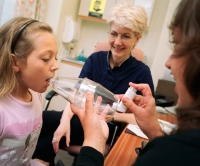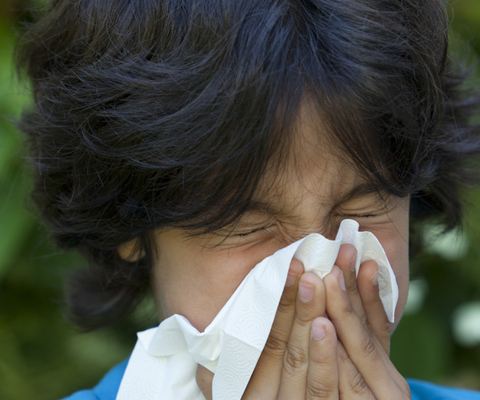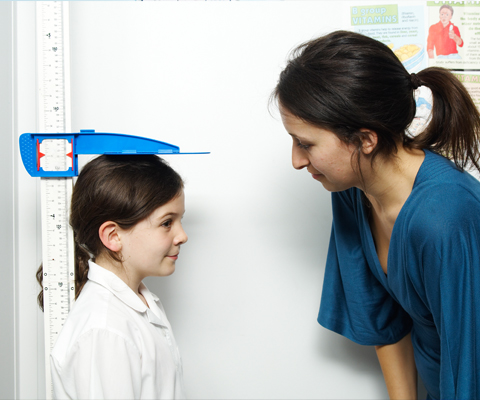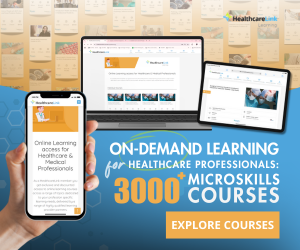Meeting Health Needs of School Age Child course



This session will explore the key messages about public health in the context of school health and new models of service delivery. In particular, it will focus on the World Health Organization’s definitions of public health and the study on Health Behaviours in School-aged Children (HSBC).
Learning objectives
By the end of this session you will be able to:
- Summarise information regarding public health and the causes of public health problems in the 21st century
- Summarise issues that are underlined in the Health Behaviours in School-aged Children (HBSC) study by the World Health Organization (WHO)
- Identify the knowledge and skills needed to work together for optimum public health outcomes for children and their families
- Choose the best environment for practice: hospital, clinic, school, classroom, home or wider community
- Evaluate the different methods of communication: face-to-face, email, mobile phone, text and letters to support the child, parents and school
This session uses self assessments that help you check what you have learnt. You do not have to use them and your answers are not seen by anyone else.

Before commencing this session you should read:
- Potter K, Wright J. Integrating the Children’s Public Health
- Workforce. In: Sines D, Fanning A, Potter K et al., eds. Community and Public Health Nursing. 5th edn. London: Wiley Blackwell, 2013:91-112
- Wright J. The School Health Team. Healthy School Child (411-002). DH e-Learning for Healthcare. 2014
- Completed HSC session: The School Health Team (411-002)
Jane Wright is a senior lecturer and course leader for Specialist Community Public Health Nursing at Buckinghamshire New University. She has a background in adult nursing and school nursing in Buckinghamshire. Jane has written a number of books and articles about school nursing practice, is on the editorial board of the British Journal of School Nursing and has been involved with the Department of Health School nurse Implementation Plan.

- Midwifery Upskilling
- Posted By CRANAplus
- Posted Date: 2025-03-12
- Location:Alice Springs NT 870
- Midwifery Upskilling Designed for Midwives or GPs with relevant obstetric experience, the Midwife...
- Principles of Acute Paediatric Nursing
- Posted By Australian College of Nursing (ACN)
- Posted Date: 2025-03-11
- Location:Online
- This unit of study focuses on the assessment and management of infants, children and young people wi...
- Endometriosis and Pelvic Pain
- Posted By Australian College of Nursing (ACN)
- Posted Date: 2025-03-11
- Location:Online
- Endometriosis is the most common benign gynaecological condition worldwide, which is frequently mis-...
- Assessing and Managing Adult Pain
- Posted By Australian College of Nursing (ACN)
- Posted Date: 2025-03-11
- Location:Online
- The purpose of this unit of study is to provide the student with the necessary theoretical knowledge...
- Stress Response and Health Breakdown
- Posted By Australian College of Nursing (ACN)
- Posted Date: 2025-03-11
- Location:Online
- This unit of study aims to expand the student’s undergraduate understanding of applied clinical phys...







